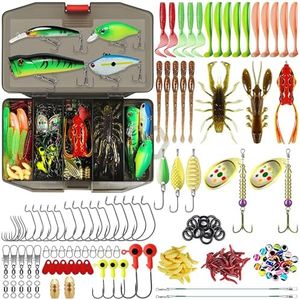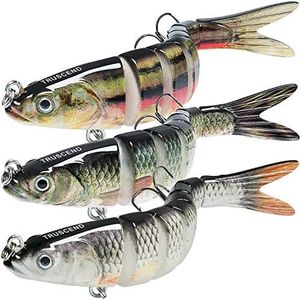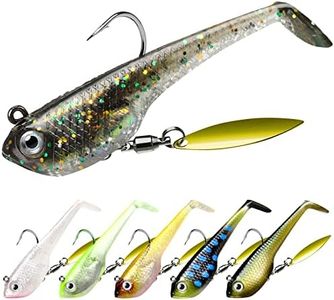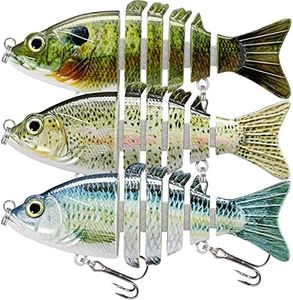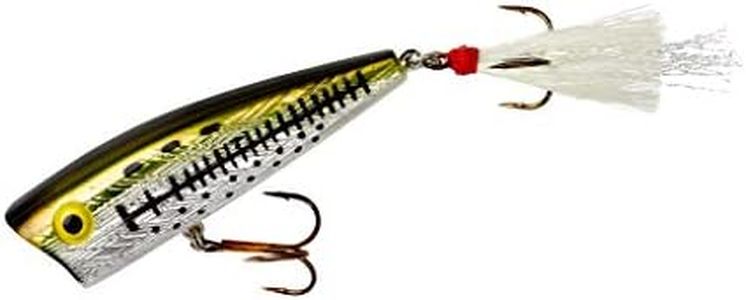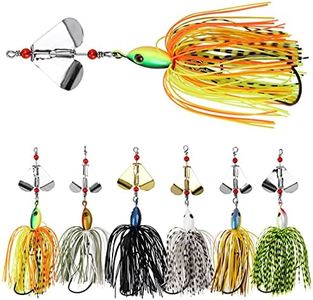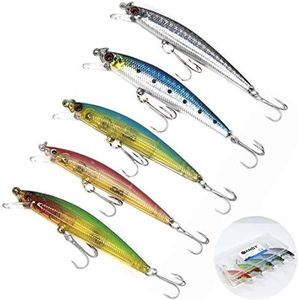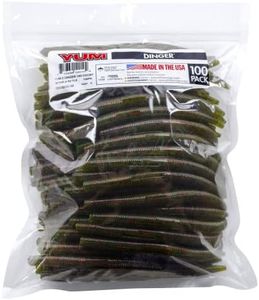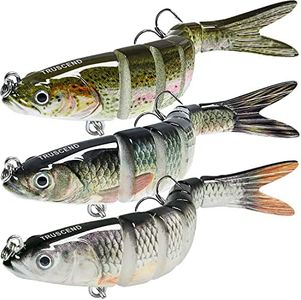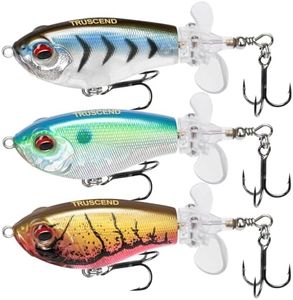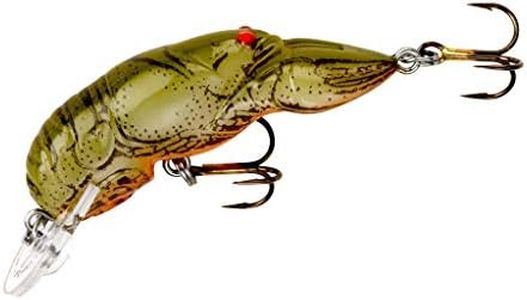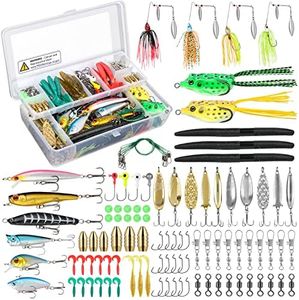We Use CookiesWe use cookies to enhance the security, performance,
functionality and for analytical and promotional activities. By continuing to browse this site you
are agreeing to our privacy policy
10 Best Largemouth Bass Lures
From leading brands and best sellers available on the web.Buying Guide for the Best Largemouth Bass Lures
Choosing the right largemouth bass lure can feel overwhelming with so many options available, but understanding a few key aspects will help you make an informed decision that matches both your local fishing conditions and personal fishing style. The type of lure you select can dramatically impact your success on the water, as bass can be picky eaters and react differently to various lure sizes, actions, and appearances. Consider where you’ll be fishing, the time of year, and how you like to fish as starting points. Ultimately, matching your lure to your needs and the environment is the key to catching more largemouth bass.Lure TypeLure type refers to the overall style or category of the lure, such as crankbait, spinnerbait, soft plastic, jig, or topwater. This is important because each type of lure behaves differently in the water and appeals to largemouth bass in unique ways. For example, crankbaits mimic the appearance and motion of small fish, while soft plastics often imitate worms or other prey. If you’re fishing in heavy cover, jigs and soft plastics work well, whereas open water may call for crankbaits or spinnerbaits. To choose the right type, consider both the water conditions and how active the bass are; slower-moving lures are often better in cold water or when fish are less aggressive, while more active lures work well in warm water or when fish are chasing prey.
Lure SizeLure size means the length and weight of the lure. This is a key factor because it determines how easy it is for a bass to see, catch, and eat your lure, and it also affects casting distance. Larger lures tend to attract bigger bass, while smaller lures can tempt more cautious or younger fish. For heavily pressured waters or during difficult conditions, try using smaller, more subtle lures. In clearer water or when going after trophy bass, larger lures are a solid choice. Match the size to the baitfish or creatures found in the lake or river you’re fishing for best results.
ColorColor refers to the visual appearance of the lure, often designed to mimic prey or stand out in certain water conditions. This matters because largemouth bass rely on sight to feed. In clear water and bright sunlight, natural, subtle colors like green, brown, or silver are best as they mimic the look of real bait. Murky water or low-light conditions may require brighter colors or lures with high contrast, such as chartreuse or white, to make the lure more visible. Consider both the water clarity and cloud cover to pick the best color.
ActionAction describes how the lure moves through the water. Some lures wiggle, wobble, or dart, and this movement is crucial in attracting attention from bass. Fast, aggressive actions can trigger bites from active fish, while slow or subtle movements may be better when the fish are less active. Think about how the bass are behaving—if they’re chasing prey, fast actions are good. If they seem sluggish, try lures with less movement.
BuoyancyBuoyancy is the ability of the lure to float, sink, or suspend in the water. This affects the depth at which you can present the lure and is vital for reaching fish at different levels. Floating lures are good for topwater fishing or shallow areas, while sinking or suspending lures help you reach deeper bass. Choose buoyancy depending on where you see or expect the bass to be. If you’re unsure, a suspending or shallow-diving lure offers versatility.
